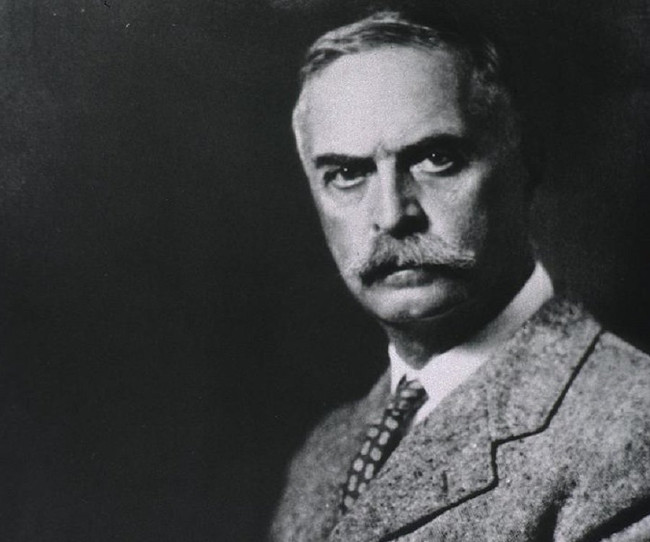Who is Karl Landsteiner on doodle google on June 14?
According to Wikipedia, Karl Landsteiner was born on June 14, 1868, known in 1902 when he presented a new system for the classification of blood types from his findings about the presence of hemodialysis. By 1930 he received the Nobel Prize in the field of physiology and medicine.

Karl Landsteiner - father of blood transfusion medicine
Together with Alexander S. Wiener he discovered the rhesus factor in 1937.
Karl Landsteiner was also honored to receive the Lasker Prize in 1946. Karl was born into a family where his father was a doctor of law, and a famous journalist and editor. His father died when Karl was only 6 years old. Karl was raised by his mother, Fanny Hess, whom he worshiped so much that he hung the veil on her body on the wall until he died.
After leaving high school, Landsteiner studied medicine at the University of Austria, graduating in 1891. As a student he began biochemical studies and in 1891 published his dissertation on the impact of a diet of blood ash.
To further increase his knowledge of chemistry, he spent the next five years studying in the laboratories of Arthur Rudolf Hantzsch in Zurich, Hermann Emil Fischer at Würzburg and Eugen Bamberger in Munich. Returning to Wien, Landsteiner compiled his studies at Wien General Hospital.
In 1896 he became an assistant to Max von Gruber in the Hygiene Institute in Vienna. Although at this time he was attracted by the mechanism of the immune system and the nature of antibodies.
From 1898 to 1908 he played the role of an assistant at the Pathology Academy in Wien, the head of which was Professor Anton Weichselbaum, who discovered the bacterial cause of meningitis and with Albert Fraenkel discovered pneumococcal.
Here Landsteiner continued his work on pathophysiology rather than pathology, despite criticism from others in the hospital. In 1908 Weichselbaum doubted his appointment as an anatomy assistant at Wilhelminaspital in Wienn, where he remained until 1919.
In 1911 he became Professor of Pathology at the University of Wien with an inadequate salary. In 1919, after twenty years of working in pathology, Landsteiner and his colleagues published many reports of his findings on pathology and immunity .
He found new facts about the immune factor of syphilis, added to the knowledge of Wassermann's reaction, and discovered the immune factor he named hapten .

Karl Landsteiner
Karl made fundamental contributions to our understanding of paroxysmal urinary hemorrhage . He also pointed out that the cause of polio can be transmitted to monkeys by injecting the prepared substance from crushing the child's spinal cord that has just died from polio, and because Wien lacks monkeys for further studies more, he went to the Pasteur Institute in Paris, where the monkey was available. His work here, along with independent research by Flexner and Lewis, has led to our fundamental insights into the immune cause of polio.
Due to the study of polio, he was decided to include Polio Hall of Fame in Warm Springs, Georgia after his death in January 1958.
- Google changed Doodle surprise rotation for birthday
- Asian and European Tet with Google's Doodle
- Who is Molière who Google Doodle honored?
- Google Vietnamese changed Doodle to celebrate Trinh Cong Son's birthday
- Hoi An charm appears on Google Doodle July 16: What is the reason Google honors?
- 21st Google Birthday: Interesting revelation on the name of 'search giant'
- Google Doodle pays tribute to Dr. Ruth Pfau: Our Lady of Teresa of Pakistan
- Doodle Google celebrates its 50th anniversary on the Moon
- Who is Amrita Pritam and is Google Doodle celebrating its 100th birthday?
- For the first time in Google history, AI was used to celebrate Johann Sebastian Bach's birthday
- How is the 12-year-old girl beat the 16,000 people in Google's competition now?
- Who is Cesária Évora who was honored by Google Doodle today?
 The most famous scientific failures in history
The most famous scientific failures in history Mysterious genius mechanic and the machine froze time
Mysterious genius mechanic and the machine froze time The son carries the 'bad gene' of genius Albert Einstein
The son carries the 'bad gene' of genius Albert Einstein Isaac Newton
Isaac Newton